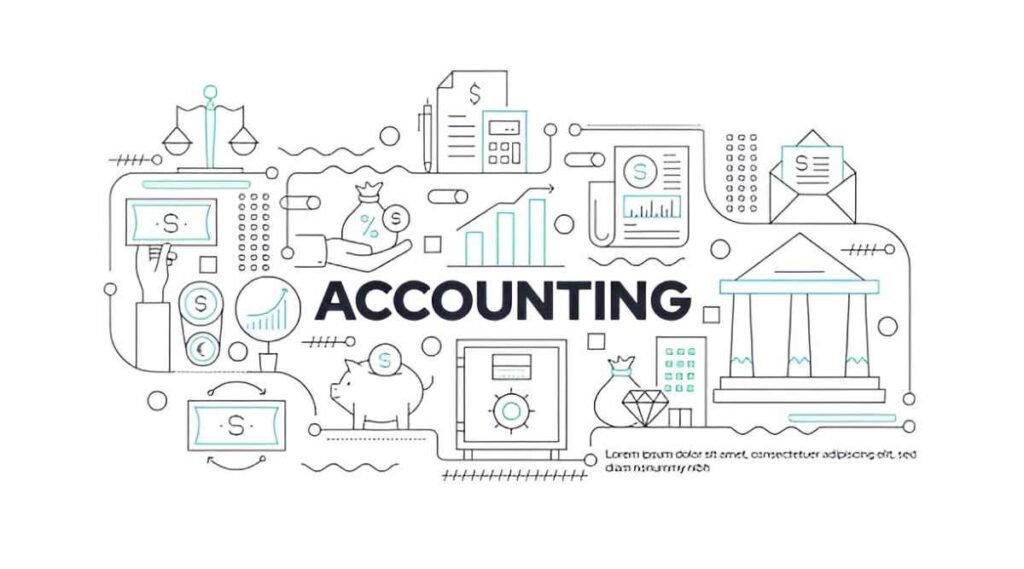Inventory management plays a crucial role in business operations, and one often overlooked aspect is pipeline inventory. Unlike raw materials or finished goods, pipeline inventory refers to items that are in transit between different stages of the supply chain. Whether you run a manufacturing plant, a retail business, or an e-commerce operation, understanding pipeline inventory helps optimize cash flow, reduce lead times, and improve efficiency.
What Is Pipeline Inventory?
Pipeline inventory consists of goods that are no longer at the supplier but have not yet reached the buyer. These items could be on trucks, ships, trains, or even in temporary storage facilities. Unlike safety stock or cycle stock, pipeline inventory is inherently tied to transportation time and order processing delays.
Key Characteristics of Pipeline Inventory
- In Transit – The goods are physically moving from one location to another.
- Non-Stationary – Unlike warehouse stock, pipeline inventory is not immediately accessible.
- Lead Time Dependent – The longer the transit time, the higher the pipeline inventory.
- Cost Implications – Businesses must account for holding costs even when goods are in transit.
Why Pipeline Inventory Matters
Many businesses underestimate the impact of pipeline inventory on working capital. If a company orders 1,000 units with a lead time of 10 days, those units are effectively “locked” in transit. The longer the lead time, the more capital remains tied up.
Financial Impact
Pipeline inventory affects:
- Cash Flow – Money spent on goods not yet sold or used.
- Storage Costs – If goods arrive too early, storage costs rise.
- Stockouts – Delays can lead to shortages if not planned correctly.
Calculating Pipeline Inventory
To measure pipeline inventory, we use the following formula:
Pipeline\ Inventory = Demand\ Rate \times Lead\ TimeWhere:
- Demand Rate = Average units sold per day.
- Lead Time = Time taken from order placement to delivery.
Example Calculation
Suppose a retailer sells 50 laptops per day, and the supplier takes 7 days to deliver new stock. The pipeline inventory would be:
Pipeline\ Inventory = 50 \times 7 = 350\ unitsThis means 350 laptops are always in transit. If each laptop costs $800, the capital tied up in pipeline inventory is:
350 \times \$800 = \$280,000That’s a significant amount of money that could otherwise be used for other business needs.
Pipeline Inventory vs. Other Inventory Types
Businesses deal with multiple inventory types. Here’s how pipeline inventory compares:
| Inventory Type | Definition | Example |
|---|---|---|
| Pipeline Inventory | Goods in transit between locations | Electronics shipped from China |
| Cycle Stock | Inventory used to meet regular demand | Retail store shelf stock |
| Safety Stock | Buffer inventory for unexpected demand | Extra stock during peak season |
| Decoupling Inventory | Inventory between production stages | Semi-finished car parts |
Factors Affecting Pipeline Inventory
Several variables influence pipeline inventory levels:
1. Transportation Mode
- Air Freight – Faster but more expensive (lower pipeline inventory).
- Sea Freight – Slower but cheaper (higher pipeline inventory).
2. Supplier Location
- Local Suppliers – Shorter lead times.
- Overseas Suppliers – Longer lead times, increasing pipeline stock.
3. Order Frequency
- Frequent small orders reduce pipeline inventory but increase ordering costs.
- Bulk orders increase pipeline inventory but lower per-unit costs.
Strategies to Optimize Pipeline Inventory
Reducing pipeline inventory without disrupting operations requires strategic planning. Here are some effective methods:
1. Improve Lead Times
Negotiate with suppliers for faster shipping or switch to local vendors.
2. Demand Forecasting
Accurate forecasts help align orders with actual demand, reducing excess in-transit stock.
3. Just-in-Time (JIT) Inventory
JIT minimizes pipeline inventory by synchronizing deliveries with production schedules.
4. Multi-Modal Transportation
Use a mix of air and sea freight to balance cost and speed.
Real-World Case Study: Amazon’s Inventory Management
Amazon excels at managing pipeline inventory through:
- Fulfillment Centers – Strategically placed near high-demand areas.
- AI-Powered Forecasting – Predicts demand to optimize stock levels.
- Prime Shipping – Reduces lead time, lowering pipeline inventory.
By minimizing transit times, Amazon keeps capital free for other investments.
Mathematical Model: Economic Order Quantity (EOQ) with Pipeline Considerations
The classic EOQ formula can be adjusted to account for pipeline inventory:
EOQ = \sqrt{\frac{2DS}{H}}Where:
- D = Annual demand
- S = Ordering cost per order
- H = Holding cost per unit per year
However, if lead time (L) is significant, the reorder point (ROP) must include pipeline inventory:
ROP = d \times LWhere:
- d = Daily demand
- L = Lead time in days
Example:
If daily demand is 20 units and lead time is 5 days:
ROP = 20 \times 5 = 100\ unitsThis means a new order should be placed when stock drops to 100 units.
Common Mistakes in Pipeline Inventory Management
1. Ignoring Transit Costs
Some businesses only focus on purchase price, forgetting that longer transit times increase holding costs.
2. Overestimating Demand
If actual demand is lower than forecast, excess pipeline inventory becomes dead stock.
3. Poor Supplier Coordination
Delays in supplier processing extend lead times unnecessarily.
Conclusion
Pipeline inventory is a critical yet often neglected aspect of supply chain management. By understanding its dynamics, businesses can optimize cash flow, reduce waste, and improve efficiency. Whether through better forecasting, strategic supplier partnerships, or advanced logistics planning, managing pipeline inventory effectively leads to a leaner, more profitable operation.





